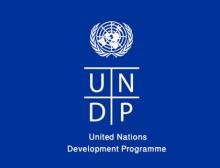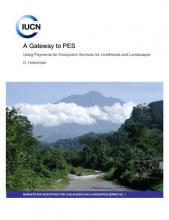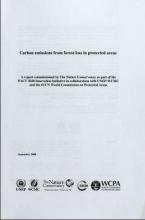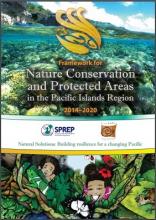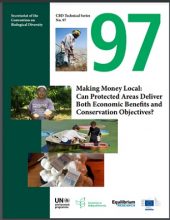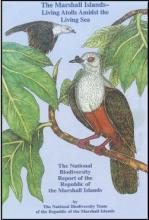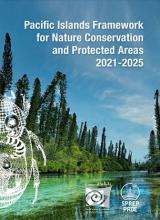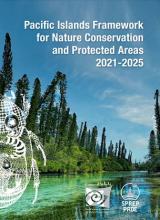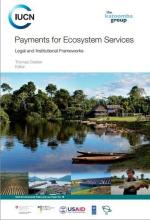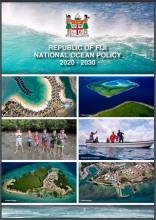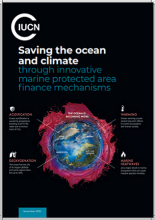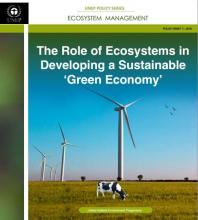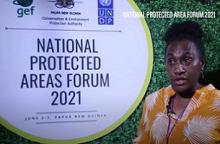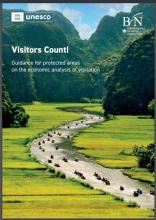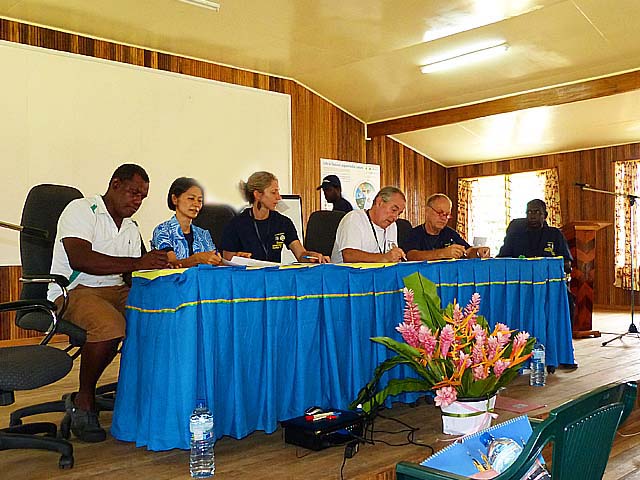
The resources outlined below are designed to assist practitioners in the financial management of protected areas so that they can be sustained in the long-term. The majority of references are global but many of the ideas and approaches are entirely relevant to protected area practitioners in the Pacific Islands. The resources are divided into two sections:
Sustainable Financing
In addition to general materials on the subject of sustainable finance, there is a financial sustainability scorecard, various menus of financing options and a discussion on the application of a business model to conservation.
Payments for Ecosystem Services (PES)
A variety of resources and guidelines discussing the various ways that PES can be implemented to assist with conservation efforts are presented. A paper on the role of protected areas in storing carbon makes particular reference to the Pacific Islands and highlights the potentially important role that protected area networks could play in reducing carbon emissions.

